Tales from LoC-3: Neelum valley people thirst for peace
Being witness to the horrors of war, residents put their weight behind talks.
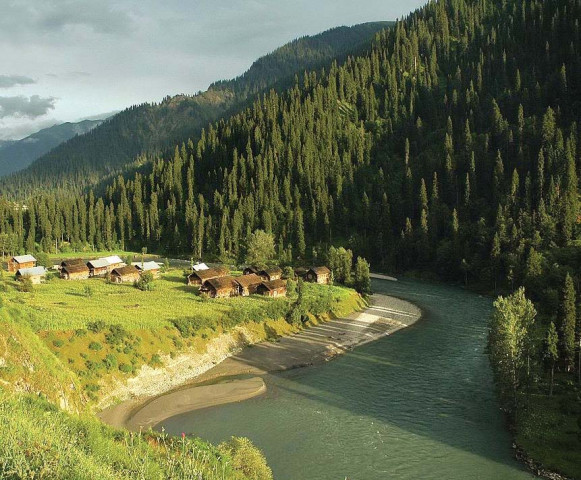
Unlike those who merely give lip-service to the cause of ‘peace in Kashmir’, the war-stricken inhabitants of the Neelum valley of Kashmir mean peace in its true sense, for they have been witness to ‘senseless’ violence for over a decade.
Directly affected from Indo-Pak border tensions in the past, they share horrific incidents of human sufferings. Only a decade ago, this area, which now seems normal, was an active war zone between India and Pakistan.
Hundreds of families lost their loved ones in incidents of bombings and indiscriminate firing between 1992 and 2003. “Even our cats and dogs came into the line of 24/7 live bullets flying across the Line of Control (LoC),” said Safeer Ahmed, a local villager.
“Eleven children were killed in a single day when mortars fired by Indian army landed at their school in Nagdar village in 1993,” locals recalled.
Now the same school stands as a Boys College but the memory of it being one of the victims of the long war refuses to fade away.
A majority of the population living near LoC had to go through the agony of leaving their homes and hearths and taking refuge in safer places, mostly in AJK.
Those who opted to stay behind lived under perpetual fear and survived on subsistence; living on whatever they received in special package offered by the government.
“I still remember how terrible it was for us to pull away the body of our cousin Azam Khan amid gunfire from the Indian side,” said Muhammad Arif, a 55-year-old local, pointing toward a bunker still visible on the other side of the mountain.
Two of his nephews, he said, both in their early 20s had crossed the LoC to fight Indian forces in 1995 but never returned. Their families never heard of them since. One of them, Masood (21 then) was newly-married and had an infant daughter.
Believing he was dead, his family married the ‘widow’ to Masood’s younger brother and the new couple have four more children – all school-going, Arif said.
The 200-mile-long valley of Neelum remained cut off from the rest of the country as the only road that was a link remained closed most of the time due to heavy crossfire.
The locals say Pakistan military had made a temporary jeep track for logistic supply to troops that too sometimes remained blocked for weeks during winters, leaving no option for the civilian population but to walk for hours to reach nearby town Ath Muqaam.
Most of the men, now middle-aged, worked for Pakistani troops as porters to transport supplies when the roads would be closed. Negotiating the hilly terrain did not end there. These men had to carry loads of daily-use items for their families on their backs. They were the human ambulances for the ailing and the elderly.
Arif longs to see the children of his paternal aunt who was married in a village on the Indian side of Kashmir. He told The Express Tribune that his aunt had died but his cousins could not come across, neither could he go there to see them.
Once himself a staunch supporter of what he believed liberation of Kashmir through armed struggle, Arif now admits that it was a futile exercise and use of guns was no solution.
“We have lost a generation to this war,” he said.
“Talks are only way out… The ‘revolutionary times’ (when militancy was at peak) was really hard for us. God forbid such time comes again,” said Muhammad Rahim, an elder of the village.
Published in The Express Tribune, July 4th, 2011.




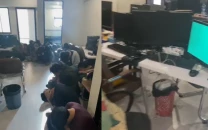

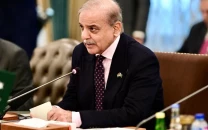



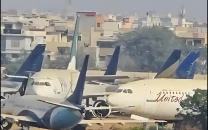
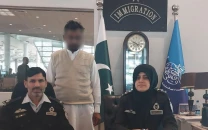






COMMENTS
Comments are moderated and generally will be posted if they are on-topic and not abusive.
For more information, please see our Comments FAQ